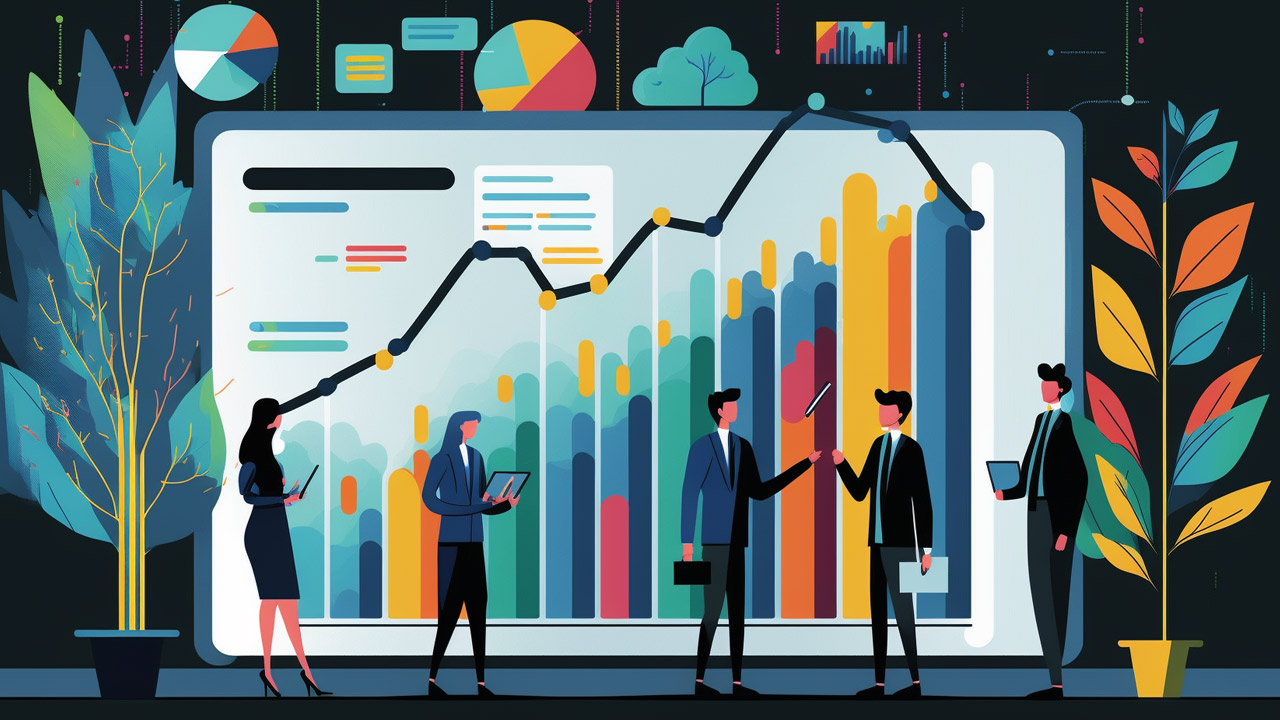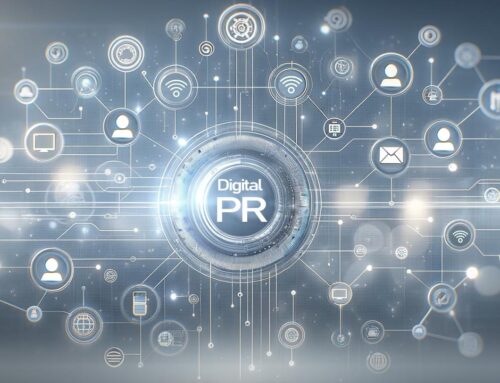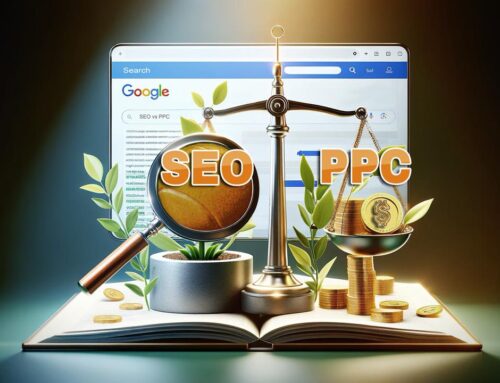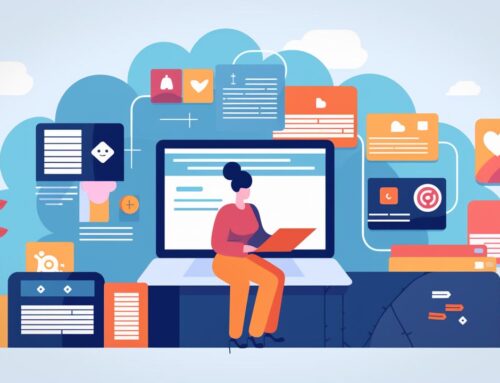In this article, we delve into the concept of the Buying Emotion Color Wheel, its importance in marketing and sales, and how businesses can leverage its power to increase customer engagement and drive sales.
Introduction to the Buying Emotion Color Wheel
The Buying Emotion Color Wheel is a psychological tool that illustrates the connection between colors and consumer emotions, and how these emotions influence buying behavior. By understanding the emotions associated with specific colors, marketers and sales professionals can strategically use color in advertising, branding, and packaging to elicit specific emotional responses and drive consumer decision-making.
Table of Contents
- The Science Behind Color Psychology
- Leveraging the Buying Emotion Color Wheel in Marketing
- Harnessing Powerful Emotions
- Driving High-Quality Traffic with Buying Emotions
- Closing More Deals with the Power of Buying Emotions
- Frequently Asked Questions
- Final Thoughts
The Science Behind Color Psychology
Color psychology is the study of how colors influence human behavior, thoughts, and emotions. Numerous studies have found that colors can have a significant impact on people’s perceptions, preferences, and choices.
The Buying Emotion Color Wheel is based on these principles and categorizes colors according to the emotions they evoke:
- Red: Excitement, passion, urgency
- Often used in sales and clearance promotions
- Associated with confidence and energy
- Orange: Enthusiasm, creativity, warmth
- Often used to stimulate appetite in food marketing
- Associated with innovation and affordability
- Yellow: Happiness, optimism, cheerfulness
- Used to create a sense of joy and positivity
- Associated with attention-grabbing and high-energy communication
- Green: Growth, stability, tranquility
- Often associated with environmental friendliness and sustainability
- Evokes feelings of relaxation and balance
- Blue: Trust, reliability, calmness
- Commonly used in corporate branding to convey stability and trustworthiness
- Associated with professionalism and dependability
- Purple: Luxury, sophistication, spirituality
- Used to convey a sense of opulence and premium quality
- Associated with creativity, mystery, and imagination
- Black: Elegance, power, sophistication
- Often used for luxury products and high-end branding
- Associated with exclusivity and authority
- White: Purity, simplicity, cleanliness
- Used to convey a sense of cleanliness and simplicity
- Associated with minimalism and clarity
Leveraging the Buying Emotion Color Wheel in Marketing
Branding and Logo Design
When designing a brand logo or selecting brand colors, consider the emotions you want your target audience to associate with your brand. Ensure that the colors align with your brand personality and convey the desired message to your customers.
Packaging and Product Design
Colors can influence consumer perceptions of a product’s quality, functionality, and overall appeal. Use the Buying Emotion Color Wheel to select colors that will evoke the desired emotional response and encourage consumers to choose your product over competitors.
Advertising and Promotional Materials
Incorporate the right colors into your advertising and promotional materials to elicit specific emotions and influence consumer behavior. For instance, use red to create a sense of urgency in a limited-time sale, or blue to establish trust and reliability in a new product launch.
Challenges and Limitations
While the Buying Emotion Color Wheel provides a valuable framework for understanding the relationship between colors and emotions, it is crucial to recognize that individual experiences and cultural differences can impact how people perceive and react to colors. Always consider your target audience and conduct thorough research to ensure that your color choices resonate with them.
Harnessing Powerful Emotions: Fear, Greed, Anger, Envy, Curiosity, and Love in Offers
To create compelling offers that drive consumer behavior, it’s essential to understand and tap into the powerful emotions of fear, greed, anger, envy, curiosity, and love. Here, we discuss how to structure offers that trigger these powerful motivators and lead to increased conversions and sales.
Fear
Fear is a strong motivator that drives people to act in order to avoid potential negative outcomes. To leverage fear in your offer:
- Highlight the risks or consequences of not taking action
- Emphasize limited availability or scarcity to create a sense of urgency
- Offer a solution or a way to mitigate the potential negative outcomes
Greed
Greed can drive consumers to seek out the best possible deal, even if they don’t necessarily need the product or service. To tap into greed:
- Offer exclusive discounts or limited-time promotions
- Bundle products or services together to create the perception of increased value
- Use persuasive language that highlights the potential financial gains or savings
Anger
Anger can be a powerful motivator when consumers feel that they have been wronged or treated unfairly. To use anger in your offer:
- Address a common pain point or injustice faced by your target audience
- Offer a solution that empowers consumers to take control or overcome the issue
- Align your brand with a cause or movement that fights against the perceived injustice
Envy
Envy can be triggered when consumers see others benefiting from something they do not have. To leverage envy in your offer:
- Showcase customer testimonials or success stories to create a sense of aspiration
- Promote exclusivity or limited availability, making the product or service more desirable
- Use social proof to demonstrate how others are benefiting from your offer
Curiosity
Curiosity can be a powerful motivator, as it drives consumers to seek out new information or experiences. To tap into curiosity:
- Use intriguing headlines or copy that pique interest and encourage further exploration
- Offer a limited-time trial or demonstration to allow consumers to experience your product or service firsthand
- Create a sense of mystery or intrigue by withholding certain information and encouraging consumers to discover more
Love
Love, whether it’s for oneself, others, or a cause, can drive strong emotional connections and loyalty. To incorporate love into your offer:
- Showcase how your product or service can improve relationships or personal well-being
- Align your brand with a cause or charity that resonates with your target audience
- Foster a sense of community and connection through social media engagement, events, or loyalty programs
Create compelling campaigns that resonate with your target audience, drive consumer behavior, and ultimately, increase sales and conversions.
Driving High-Quality Traffic with Buying Emotions
Understanding and leveraging buying emotions is crucial for driving high-quality traffic to your website, online store, or physical location. By tapping into the emotions that influence consumer behavior and decision-making, businesses can create targeted marketing campaigns that resonate with their audience, generate interest, and ultimately, drive sales. Here’s how buying emotions can be the key to attracting high-quality traffic:
Creating Targeted and Emotionally Resonant Marketing Campaigns
By understanding the emotions that drive your target audience, you can create marketing campaigns that speak directly to their needs, desires, and concerns. This emotional resonance will help your marketing messages stand out from the competition, increasing the likelihood that potential customers will engage with your content, visit your website, or make a purchase.
Enhancing Brand Perception and Differentiation
Emotionally-driven marketing helps to create a stronger and more memorable brand identity. By aligning your brand with specific emotions and values, you can foster deeper connections with your target audience and differentiate your business from competitors. This emotional branding will make your brand more appealing, driving high-quality traffic that is more likely to convert into loyal customers.
Increasing Engagement and Virality
Content that evokes strong emotions, whether positive or negative, is more likely to be shared, liked, and commented on by users. By creating emotionally-driven content, you can increase the chances of your marketing messages going viral and reaching a wider audience, ultimately driving more high-quality traffic to your website or store.
Boosting Customer Loyalty and Retention
Emotionally-driven marketing not only attracts new customers but also helps to retain existing ones. By understanding and catering to the emotions that drive your customers, you can create offers, promotions, and experiences that foster long-lasting loyalty and satisfaction. Loyal customers are more likely to recommend your brand to others, driving high-quality traffic through word-of-mouth and referrals.
Optimizing Conversion Rates
By tapping into buying emotions, you can create marketing messages, website content, and product offers that resonate with your target audience and encourage them to take action. This emotional connection can lead to higher conversion rates, as potential customers are more likely to make a purchase when they feel a strong emotional connection to a brand or product.
Closing More Deals with the Power of Buying Emotions
Leveraging buying emotions is a vital aspect of successful sales and closing deals. By understanding and tapping into the emotions that influence consumer behavior, sales professionals can create a stronger connection with potential clients, address their needs and concerns more effectively, and ultimately, persuade them to make a purchase. Here’s how using buying emotions can be the key to closing deals:
Building Rapport and Trust
Developing a strong rapport and trust with potential clients is crucial for closing deals. By understanding their emotions, you can communicate more effectively, demonstrate empathy, and tailor your sales approach to address their specific needs and concerns. This emotional connection will make clients more likely to trust your recommendations and commit to a purchase.
Addressing Emotional Pain Points
Identifying and addressing the emotional pain points of potential clients can significantly increase the likelihood of closing a deal. By understanding the underlying emotions that drive their concerns, you can offer solutions that not only meet their practical needs but also alleviate their emotional concerns. This approach will make your product or service more appealing and increase the perceived value of your offer.
Using Emotional Triggers in Sales Presentations
Incorporate emotional triggers into your sales presentations to create a more persuasive and engaging pitch. Use storytelling, visuals, and language that evoke specific emotions, such as fear, desire, or curiosity, to capture the attention of your audience and encourage them to take action.
Leveraging Social Proof and Emotional Connections
Social proof, such as testimonials, case studies, and success stories, can help to evoke emotions of trust and validation in potential clients. By showcasing the positive experiences and results of others, you can create an emotional connection between your potential client and your product or service, increasing the likelihood of closing the deal.
Overcoming Objections with Emotional Intelligence
Using emotional intelligence to address objections can be a powerful tool for closing deals. By empathizing with potential clients and understanding the emotions behind their objections, you can offer solutions and reassurances that address both their practical concerns and their emotional needs. This approach will help to build trust and confidence, making clients more likely to commit to a purchase.
Creating a Sense of Urgency
Leverage emotions such as fear of missing out (FOMO) or urgency to encourage potential clients to take action quickly. Limited-time offers, exclusive deals, or expiring promotions can evoke a sense of urgency, prompting clients to make a decision and commit to a purchase sooner rather than later.
Frequently Asked Questions
Final Thoughts
The Buying Emotion Color Wheel is a powerful tool for businesses looking to enhance their marketing and sales strategies by leveraging the psychological impact of colors. By tapping into the emotions associated with different colors and incorporating powerful motivators like fear, greed, anger, envy, curiosity, and love in offers, businesses can drive more customer engagement, increase sales, foster brand loyalty, and close more deals.










